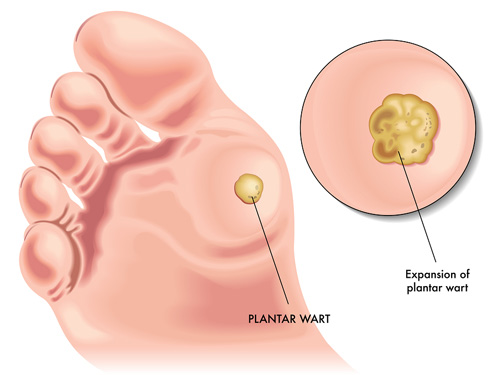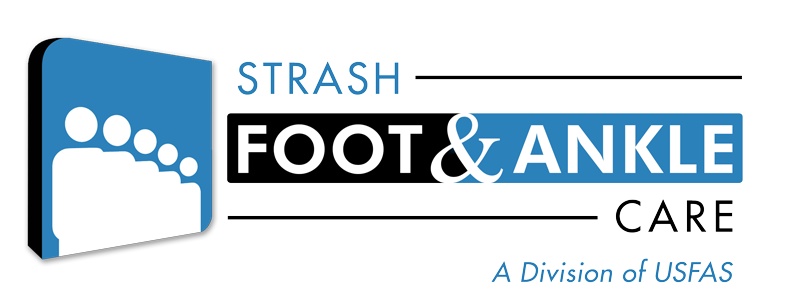
02 Jan Warts | A Common Foot Problem NOT Caused by Frogs
You know the old wives’ tail about holding a frog? According to this folklore, you hold a frog, you get warts – simple as that. Well, fortunately for me (because as a kid, I chased many of frogs), it turns out to be false, like I said before, nothing but an old wives’ tale.
Now, unfortunately, while you can’t get a wart from holding a frog, you can get warts from other causes – and they can appear in the most uncomfortable of places – for example, the bottom of your foot – ouch!
Before I go into the “how,” let me give you a bit of a background on the “what.” A wart is simply a non-cancerous growth of the skin. The warts can appear at any place on your foot, but they commonly appear as a small growth or bump on the skin at the bottom of your foot.
But, these warts also tend to grow inward at times due to the pressure of you simply walking or standing. These warts have a grainy texture surrounded by a hardened callus, like a corn. Warts growing inward and located in-between the toes tend to be more painful.
The good news is, foot warts, plantar warts and verruca plantaris warts are EXTREMELY common. The bad news is, these warts are incredibly difficult to treat and often require several attempts to resolve the condition.
BUT, like a princess kissing a frog and the frog turning into a prince (without warts, I hope!), the silver lining is that these warts can be treated, and while difficult to treat, I’ve seen great success in treating patients with a variety of different methods.
And now for the how – how exactly do you get warts on your feet?
You get foot warts from a virus, specifically, the Human Papillomavirus (HPV) 1, 3, 27, 29 and 57. The HPV only infects the superficial structures of the skin, and thus does not invade any other body parts.
The warts typically occur on areas of the foot that are under direct pressure, such as the ball and heel of the foot. However, they can also be seen under and around toenails, as these structures tend to be under pressure from shoe gear.
The HPV virus can live for many weeks on moist surfaces. Hence, gyms, showers, sharing of shoes and other moist areas can harbor the virus – those who read my blog know what’s coming next – so, for goodness sake, keep those feet dry and don’t share shoes!
Now, once the virus enters the skin, symptoms will usually be noticed within several weeks. While a wart may not develop for several weeks or months, once the wart is rears its ugly head, the virus can move from the initial overgrowth to adjacent breaks in the skin. When that happens, if you touch, scratch or pick it, the wart can spread and even develop into clusters on one or both feet.
And want a staggering statistic? It is estimated that up to 12% of the world’s population and 20% of school aged children are infected with this type of HPV wart. That’s A LOT of people!
So, how do I treat these pesky little warts? Every patient is different, so therefore, every treatment plan is different. For some, I may prescribe a medication designed to help kill the virus and remove the wart tissue. For others, I may use lasers, surgery or cryosurgery (freezing the wart). It all depends on my patient’s individual needs and how I feel he or she will respond to treatment.
Another tidbit of good news is that for the majority of people infected with this virus, most will have a spontaneous resolution within six months, meaning, the warts will simply go away after the virus is gone.
Another tidbit of bad news is that some warts may grow back, or as I said at the beginning of this blog, may not completely go away even with treatment.
That said, if you have or suspect you have a wart, you can take your chances like a princess kissing that frog and hoping it will become a prince, or you can see a podiatrist and find out more about treatment options.
I’m always available for consultations and my main goal is to determine the best treatment plan for your specific condition. So, give my office a call, today – I’ll help you put your best foot forward, again!

